Last updated on June 19th, 2016 at 11:33 pm
by Jane Lake
After reading several group discussions about the different uses for dryer lint, I went hunting for dryer lint dust bunnies. As you can see from the photo, I found one!
With this much dryer lint accumulating, it was obviously time to find other ways to use it (and maybe other ways to use my time, but that’s another story).
You may be surprised at how very creative people can be with such a lowly common household substance that it is usually tossed out with the trash.
.
Dryer Lint Starts Fires
First, be careful, because dryer lint starts fires:
Dryer lint is highly flammable, which is why your dryer should always be vented to the outside, and you should remove lint from the lint trap regularly. Stick up a post-it note, if need be, to remind your busy teens to take this step. Decorate it with red hot flames to remind them they risk a house fire if they forget!
– Provide a coffee can, or other small container, for easy collection of dryer lint, preferably after every dryer use.
Second, start fires with dryer lint:
– Pack toilet paper rolls or paper towel rolls with dryer lint and use with kindling to easily start a fire in your wood stove or fireplace.
– Pack empty pill containers or film canisters with dryer lint. You’ll be surprised how much lint you can stuff in these (several dryer loads worth). Give them to the campers in your family to help start their next campfire.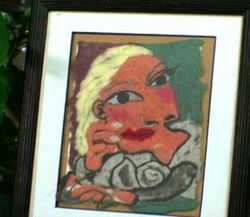
– Make fancy cup cake campfire starters to give as gifts or sell as bazaar crafts. See the instructions for wood shaving campfire starters, replacing all or part of the wood shavings with dryer lint. Alternatively, pack cardboard egg cartons with dryer lint and drizzle with melted wax from broken crayons or old candles. Cut the sections apart and use as kindling for your next camp fire.
– Forget the lighter fluid, and use small amounts of dryer lint to light your next charcoal barbeque.
Dryer Lint as Art
Yep, I’m serious. Or semi-serious, anyway. Or maybe tongue-in-cheek serious. You can make the dust bunny shown in our photo by rolling copious amounts of dryer lint into a bunny shape and adding some goggle eyes. Slide it under your teenager’s bed as an artistic counterpoint to the dust bunnies already residing there. It just may work better than any amount of nagging to get the mess cleared out (if you try this, please let me know how it works out for you)! Caution: Don’t forget that dryer lint – even as a dust bunny – is highly flammable, so use it to play a joke or have a laugh but, once the fun is over, don’t leave it lying around. Recycle it in one of the ways suggested here, or dispose of it safely.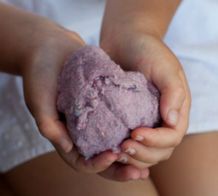
– Artistic types might like to see How to Make Dryer Lint Art on the Homes and Garden Television site.
– Serious artistic types should read the artist’s statement (and see the pictures) on Angels and Other Creatures, brought to you by the National Lint Project and Studio Capezzuti.
– Crafters with children who love to sculpt can make dryer lint clay. There are numerous recipes available on the web. The following recipe must be made by an adult, because it involves cooking in a saucepan. However, it is a nice clay to mold in a variety of ways.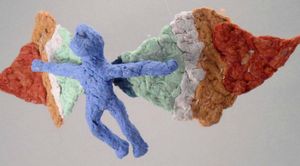
Dryer Lint Clay
Tear 3 cups of lint into small pieces and place in a saucepan. Cover with about 2 cups of water and slowly stir in 1 cup of flour. Add a few drops of vegetable oil and stir constantly, over low heat, until mixture is smooth and binds together. Pour onto sheets of newspaper, parchment or waxed paper to cool. Use to sculpt models, cover forms, or pack into small molds.
Allow your creation to dry fully, which can take anywhere from 3 to 7 days, depending on the size. Paint and decorate to finish.
Dryer Lint Faux Paper Mache
Combine 2 cups of water with 3 cups of dryer lint in a large saucepan. Stir in 2/3 cup of flour until well mixed. Cook over medium heat, stirring constantly, until pulp holds together enough to form peaks. Pour onto newspaper, parchment or waxed paper to cool. If not using immediately, store in an airtight container; pulp will keep for about 3 days. Spread mixture over the object that you are using as the paper mache mold – a bowl, box, bottle or balloon, for instance. Allow to air dry, which may take up to a week. Sand rough edges and decorate as desired.
Dryer Lint Paper
– If you’re making handmade paper, add dryer lint to your paper pulp. Don’t try to make paper purely from dryer lint; it doesn’t have enough “body” to hold the paper together – but a handful of dryer lint in a blender full of paper pulp will add texture and interest to the final product.
Dryer Lint and Horticulture
– Line plant pots with dryer lint, then add potting soil and plants. The lint keeps the soil in, but lets the water out.
– Use dryer lint as a kind of indoor mulch to help conserve moisture for your indoor tropical plants. Just spread the dryer lint on the surface of the plant soil; water the plant as usual.
– Conserve moisture in outdoor container plants, or around the base of small speciman plants, by mulching with dryer lint.
Give Dryer Lint Away
Yep, there are those who would welcome your cast-off dryer lint. Among them are busy sparrows and robins, looking to line a nest for their expected family of baby birds. Please use only nature fiber lint from 100% cotton or wool fabrics.
– Fill an onion mesh bag with a mixture of nesting material, including small pieces of natural fibre dryer lint, small pieces of yarn or string (no bigger than the length of your thumb), hair from your hairbrush or dog hair, feathers or leftover strings of moss from your craft projects. Hang from a tree in the springtime, ready for pickup by your grateful feathered friends.
– Give natural fibre dryer lint to your pets – offer it as a nesting material for your pet finches, guinea pig, hamsters or mice.
– Give dryer lint to the worms! Add natural fibre dryer lint to your compost heap.
Dryer Lint Do-Nots:
Yep, do nots, not donuts. I’ve seen some really silly suggestions for using dryer lint. All kidding aside, dryer lint is very flammable. It catches fire very easily and burns very well — so DO NOT use dryer lint to stuff toys or crafts, puff out appliques, or make pillows. It is soft and fluffy, and compacts well, but dryer lint is not a substance that you want surrounding you in a quilt or on a sofa, nor do you want your grandkids hugging a teddy bear stuffed with one of the world’s best fire starters.
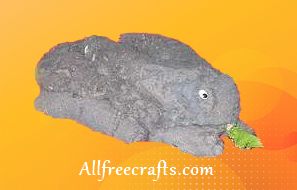
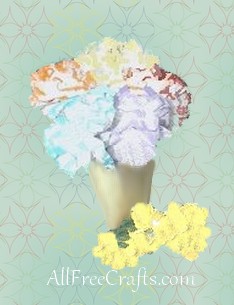
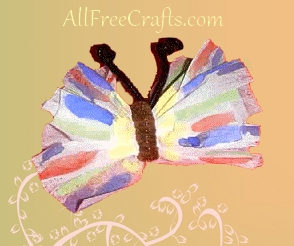
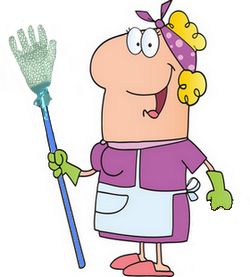
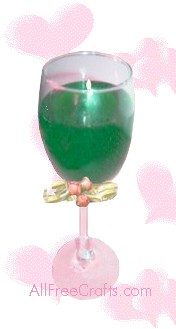
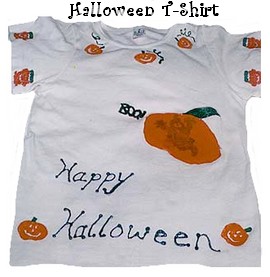
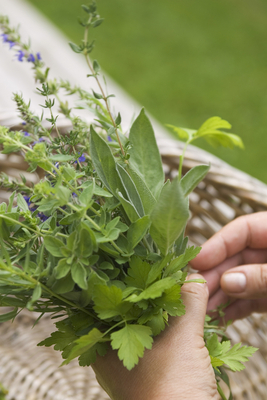
Thanks so much, Jane! throwing lint always seemed wasteful to me, now I know what I can do. Living in the woods, I think I may use it as a fire starter, and maybe dab in a little artistic project…
Cute ideas! However, please don’t give dryer lint to birds! It is not good for their respiratory systems. Always a good idea to check with your county extension or Audobon society before giving household anything to wildlife.
Quite a few Audubon organizations do recommend offering dryer lint as nest material. However, there are concerns about it stiffening or retaining water after getting wet. That’s why I suggest sticking only to natural fiber lint collected after drying cotton or wool clothing or blankets. I like your idea of checking with the local county extensions or other places for their best advice on this kind of question!
Thank you, Jane, for sharing this great info about dryer lint, I knew it had to be a useful substance! The fire starters, paper mache’, and homemade paper ideas appeal to me most. Gotta get crafting with dryer lint! Who knew?! 🙂